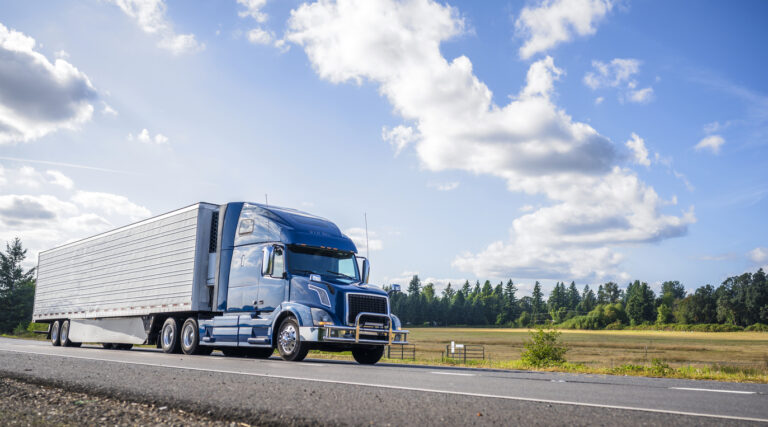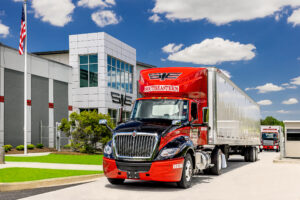PASADENA, Calif. — CALSTART is releasing its latest Zeroing in on Zero-Emission Trucks Report, a market update detailing the number of MHD ZETs—including purchases and leased vehicles—that have been deployed in the United States.
“The Zeroing in on Zero-Emission Trucks report makes one thing clear: the transition to zero-emission freight is no longer a question of if, but how fast,” said Tor Larson, vice president of trucks for CALSTART. “With more vehicle models, stronger fleet commitments, and momentum building across the country, the future of clean freight is within reach. CALSTART is proud to be driving this progress—powering the partnerships, programs, and bold solutions that are making zero-emission trucking the new reality in America.”
Planning for a Zero Emission Future
According to a CALSTART press release, the market update can help policymakers, original equipment manufacturers, and fleet owners plan for a ZE transportation future.
In this, U.S. MHD trucks are classified as Class 2b (8,501–10,000 lbs.) through Class 8 (33,000 lbs. and above) vehicles including: cargo vans, medium-duty (MD) step vans, MD trucks, heavy-duty (HD) trucks, refuse trucks, and yard tractors.
Key Findings
Key findings from the market update include:
- As of December 2024, there have been more than 52,500 ZET deployments, up from 42,881 deployments at the midway point of 2024.
- All HD segments saw a positive year-over-year increase: refuse trucks (56 %); yard tractors (30 %); and HD trucks (1 %).
- There are now seventeen states with more than 1,000 ZETs.
- The leading three states for total ZET deployments are California (7,684), Texas (5,009), and Florida (4,022).
- The leading three states with the largest increase in ZET deployments in 2024 are Maryland (439 %), Georgia (247 %), and New Mexico (141 %).
- The deployment of ZETs in Texas is fueled by regional incentive programs like the Texas Volkswagen Environmental Mitigation Program grants and the Texas Clean Fleets Grants; Maryland has emerged as a ZET leader through policy strategy and multistate planning; and Georgia has developed a robust economic development strategy that has attracted more than $28 billion in clean energy manufacturing investments since January 2021.
Freight Industry Not on Track for Zero Emissions Goals
“While the report signals growth in deployments of ZETs, the data makes it clear that the freight industry is not on track to meet federal climate goals for 2030 and beyond,” CALSTART said. “However, states that set ambitious deployment targets and implement vehicle and infrastructure incentive programs—among other strategies—serve as prime examples for how to decarbonize the freight industry, showing that broader adoption and cleaner air in communities can be achieved if these kinds of actions are replicated and expanded nationwide. As stated in the report, state leadership has never been more critical.'”
CALSTART will continue to update the data in subsequent editions. For more information about CALSTART’s mission-driven programs and initiatives, explore the website or contact us with questions at [email protected].












